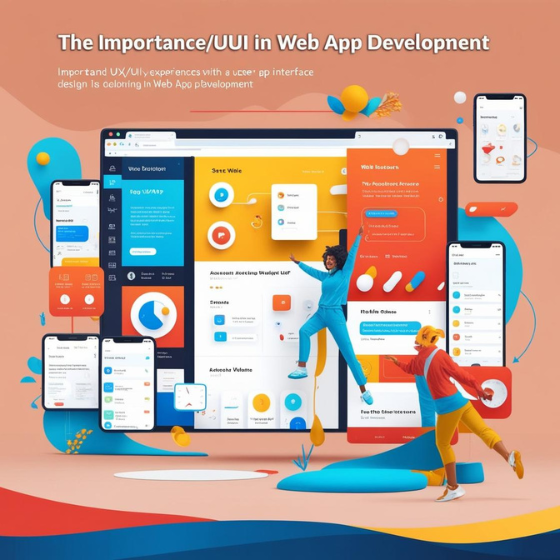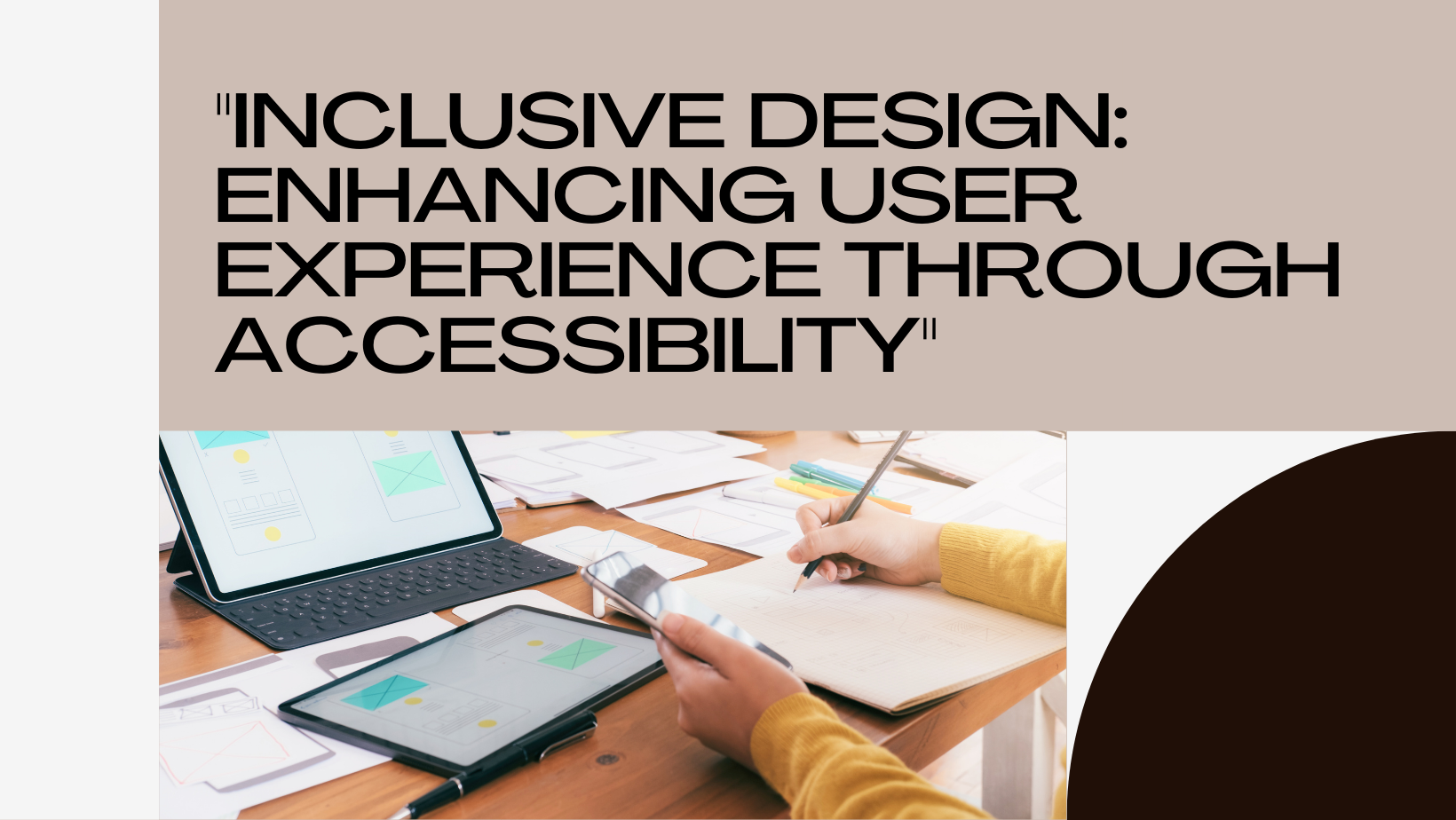In the dynamic landscape of mobile applications, user experience (UX) plays a pivotal role in determining the success, engagement, and retention of users. As mobile usage continues to rise globally, delivering intuitive, seamless, and delightful experiences is essential for achieving user satisfaction and business objectives. This blog explores actionable strategies, best practices, and insights to improve UX in mobile apps effectively, ensuring optimal usability, performance, and user engagement.
Understanding the Importance of UX in Mobile Apps
User experience encompasses all aspects of user interaction with a mobile application, including usability, accessibility, visual appeal, and overall satisfaction. A positive UX enhances user retention, increases app engagement metrics (e.g., session duration, conversions), and fosters brand loyalty. By prioritizing UX design principles and continuous improvement, businesses can differentiate their mobile apps in competitive markets, attract new users, and drive long-term success.
Key Strategies to Improve UX in Mobile Apps
1. User-Centered Design (UCD) Approach
Adopt a user-centered design approach to understand user behaviors, preferences, and pain points. Conduct user research, create user personas, and map user journeys to gain insights into user needs and optimize app interactions accordingly. Iterate designs based on user feedback to enhance usability, streamline workflows, and deliver personalized experiences that resonate with target audiences.
2. Optimized Performance and Speed
Optimize app performance by minimizing loading times, reducing latency, and optimizing resource utilization. Implement efficient coding practices, leverage caching mechanisms, and prioritize content delivery to ensure smooth navigation, quick response times, and seamless user interactions. Enhanced performance contributes to a positive user experience by minimizing frustration and enhancing app reliability.
3. Intuitive Navigation and Information Architecture
Design intuitive navigation structures and information architecture to facilitate effortless user interactions and content discovery. Utilize familiar navigation patterns (e.g., bottom navigation tabs, hamburger menus) and clear hierarchical structures to guide users effectively through app features and functionalities. Ensure consistency in design elements, labeling conventions, and visual cues to enhance usability and minimize cognitive load.
4. Responsive and Adaptive Design
Adopt responsive design principles to ensure optimal viewing experiences across diverse mobile devices, screen sizes, and orientations. Prioritize adaptive layouts, flexible content scaling, and touch-friendly interactions to accommodate varying user contexts and usage scenarios. Test app responsiveness on different devices and platforms to deliver a consistent UX and maintain design integrity across all user touchpoints.
5. Accessibility and Inclusive Design
Promote accessibility by designing mobile apps that are inclusive and accessible to users with disabilities or impairments. Adhere to accessibility standards (e.g., WCAG guidelines) to improve app usability for all users, including those using assistive technologies (e.g., screen readers, voice commands). Incorporate accessible design elements, alternative text descriptions for multimedia content, and customizable accessibility settings to enhance user accessibility and inclusivity.
Best Practices for UX Improvement in Mobile Apps
1. Usability Testing and Iterative Refinement
Conduct usability testing sessions, gather user feedback, and analyze user behavior metrics to identify usability issues and opportunities for improvement. Iterate app designs based on qualitative insights and quantitative data to address user pain points, optimize UI/UX flows, and align app functionalities with user expectations.
2. Streamlined Onboarding and User Guidance
Design intuitive onboarding experiences to introduce new users to app features, benefits, and navigation paths effectively. Utilize interactive tutorials, progressive disclosure techniques, and contextual prompts to guide users through initial setup and usage. Simplify registration processes, minimize form fields, and provide clear instructions to enhance user comprehension and minimize onboarding friction.
3. Personalization and Contextualization
Implement personalized user experiences based on user preferences, behavior patterns, and contextual data. Leverage user data analytics, AI-driven recommendations, and user segmentation strategies to deliver tailored content, personalized notifications, and adaptive app experiences that anticipate user needs and enhance engagement. Personalization enhances user satisfaction, promotes app loyalty, and increases retention rates by delivering relevant content and value-added services.
Real-World Examples of Successful UX Improvement
Case Study 1: Duolingo
Challenge: Duolingo aimed to enhance user engagement and learning outcomes through its language-learning mobile app.
Solution: Implementing gamification elements, personalized learning paths, and adaptive difficulty levels based on user progress and proficiency.
Outcome: The UX-focused approach increased daily active users (DAUs), improved user retention rates, and positioned Duolingo as a leading language-learning platform globally.
Case Study 2: Headspace
Challenge: Headspace sought to optimize user engagement and mindfulness practice through its meditation and wellness app.
Solution: Redesigning app navigation, introducing guided meditation sessions, and personalized mindfulness recommendations based on user preferences and goals.
Outcome: The enhanced UX design led to increased user satisfaction ratings, higher subscription renewals, and expanded user demographics, demonstrating the impact of UX on app growth and user engagement.
Conclusion
Improving UX in mobile apps is essential for creating compelling, user-centric experiences that drive user satisfaction, engagement, and business success. By implementing user-centered design principles, optimizing app performance, prioritizing intuitive navigation, and embracing accessibility, businesses can differentiate their mobile apps, foster user loyalty, and achieve sustainable growth in competitive markets.
Contact Sodio Technologies today to discover how our UX design expertise can transform your mobile app, enhance user experiences, and maximize your app’s potential in the digital ecosystem.







